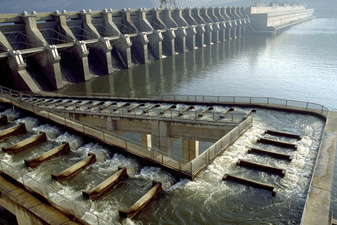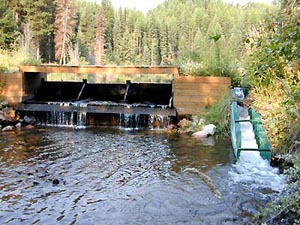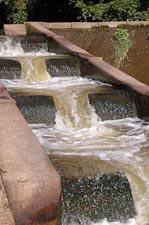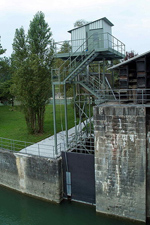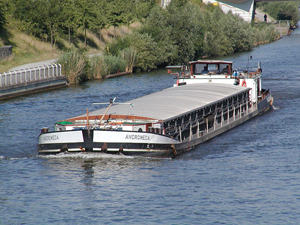Protecting Fish at Hydroelectric Plants
A great advantage of hydroelectric power is that it does not produce the air pollution of fossil fuels. But a big disadvantage is that it disrupts river ecosystems. Certain fish, most notably salmon, migrate upstream every year to spawn and reproduce. Dams serve as barriers to fish migration and lead to population declines.
One way to eliminate this problem is to construct fish ladders, also called fishways or fish steps. Click each image to learn more about how fish can be protected at hydroelectric plants.





